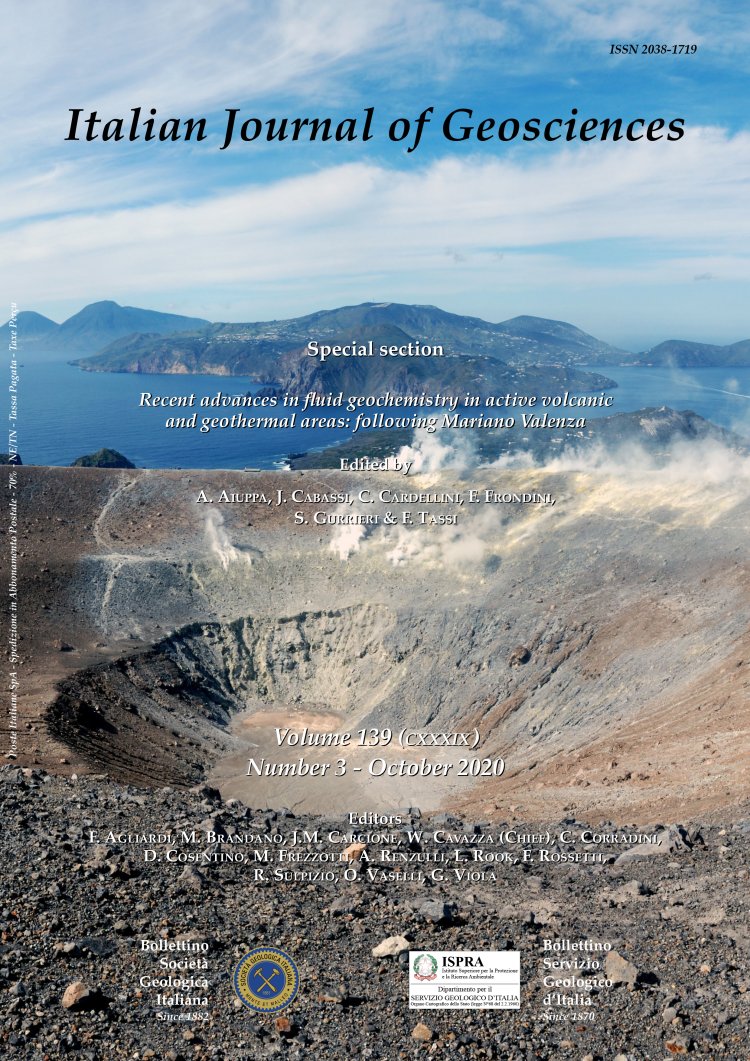
Geological map and stratigraphic evolution of the central sector of the Carnic Alps (Austria-Italy)
Monica Pondrelli (1), Carlo Corradini (2), Claudia Spalletta (3), Luca Simonetto (4),
Maria Cristina Perri (3), Maria G. Corriga (5), Corrado Venturini (3) & Hans Peter Schönlaub (6)
(1) IRSPS, Università d’Annunzio, viale Pindaro 42, 65127 Pes- cara, Italy.
(2) Dipartimento di Matematica e Geoscienze, Università di Tri- este, via Weiss 2, 34128 Trieste, Italy.
(3) Dipartimento di Scienze Biologiche, Geologiche ed Ambien- tali, Alma Mater Studiorum Università di Bologna, Via Zamboni 67, 40126 Bologna, Italy.
(4) Museo Friulano di Storia Naturale, Via Sabbadini 22-32, 33100 Udine, Italy.
(5) Dipartimento di Scienze Chimiche e Geologiche, Università di Cagliari, Via Trentino 51, 09127 Cagliari, Italy.
(6) Austrian Academy of Sciences, Commission for Geosciences, Dr. Ignaz Seipel-Platz 2, 1010 Vienna, Austria.
Corresponding author e-mail: monica.pondrelli@unich.it
Abstract
Keywords
Get Full Text Supplementary Material